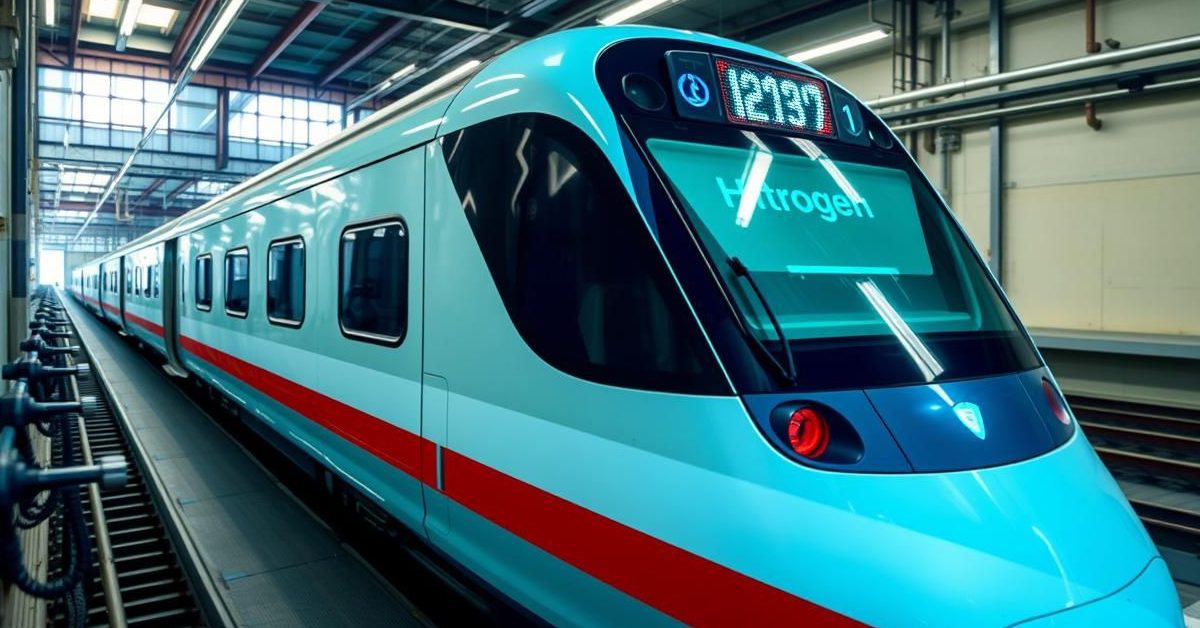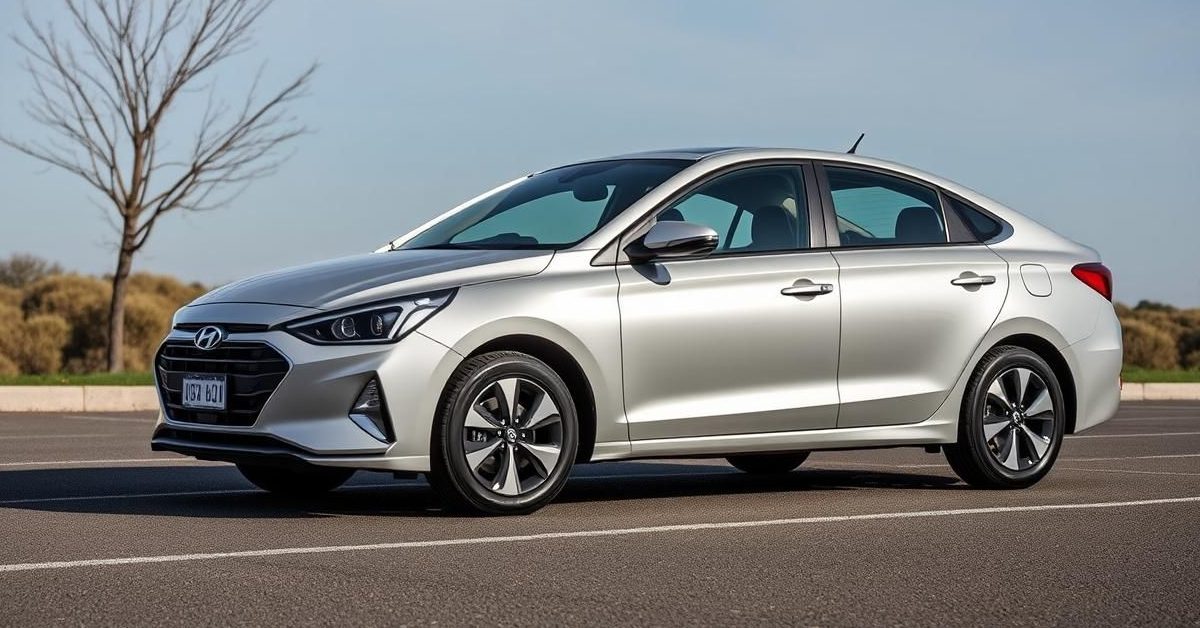India has achieved a significant milestone in its journey towards sustainable transportation with the successful testing of its first hydrogen-powered train coach.
India’s Hydrogen Train Initiative Takes Off
Indian Railways recently conducted a successful test of its first hydrogen-powered coach, also known as a driving power car, at the Integral Coach Factory (ICF) in Chennai. This marks a crucial step in the nation’s ambitious plan to introduce hydrogen-powered trains, a technology still in its early stages globally.
The project, spearheaded by the Northern Railway zone since 2020-21, involves two main components. It aims to convert two existing 1600 HorsePower (HP) diesel power cars into hydrogen fuel cell-powered traction systems. Additionally, a dedicated hydrogen storage and fuelling facility is being established in Jind, Haryana.
With an approximate cost of Rs. 136 crore, the Research Design & Standards Organisation (RDSO) of Indian Railways is responsible for the primary design, validation, and testing. The plan is to operate this pioneering hydrogen train on the Jind to Sonepat route in Haryana, covering two round-trips of 356 km. The Jind facility will boast a storage capacity of 3,000 kg of hydrogen.
Ensuring Safety with Hydrogen Fuel
Hydrogen, being the lightest element, is colorless, odorless, tasteless, and highly flammable. Its inherent characteristics necessitate stringent safety measures, especially for its use in trains. The project involves retrofitting diesel cars, with each power car designed to carry 220 kg of hydrogen in specially designed cylinders at 350 bar pressure.
The critical mounting structure for hydrogen cylinders and fuel cells is undergoing multiple rounds of testing to ensure maximum safety. The trains will incorporate advanced safety features such as pressure relief valves, leak and flame detection sensors, temperature detection systems, and scientifically designed ventilation.
To further bolster safety standards, an independent third-party safety auditor, Technischer Überwachungsverein Süd (TUV-SUD) of Germany, has been brought on board. The engineering design and conversion work are being carried out at ICF Chennai by Hyderabad-based Medha Servo Drives.
Understanding Hydrogen as a Clean Fuel
Hydrogen is the most abundant element in nature but does not exist freely. It must be extracted from compounds like water. While the resulting molecule is clean, the extraction process itself can be energy-intensive. Although hydrogen’s potential as a clean fuel has been recognized for over a century, serious consideration for replacing fossil fuels gained momentum after the oil price shocks of the 1970s.
Different Shades of Hydrogen
The method of hydrogen production determines its “color” classification. “Grey hydrogen” is the most common form produced today, derived from fossil fuels. When this process incorporates carbon capture and storage technologies, it’s known as “blue hydrogen.”
The most desirable form is “green hydrogen,” which is generated using electrolysers powered by renewable energy sources like solar or wind. Green hydrogen offers significant benefits as a clean-burning molecule capable of decarbonizing various industries, including transportation, chemicals, and iron and steel. It also provides a way to utilize surplus renewable energy that the grid might not be able to store or consume immediately.
India’s National Green Hydrogen Mission
Recognizing the pivotal role of green hydrogen, the Union Cabinet approved the National Green Hydrogen Mission (NGHM) in 2023. This mission is central to India’s ambitious goals of achieving energy independence by 2047 and Net Zero emissions by 2070.
Supported by the Ministry of New and Renewable Energy (MNRE), the NGHM aims to position India as a global hub for the production, usage, and export of green hydrogen and its derivatives. The mission targets building a capacity to produce at least 5 Million Metric Tonnes (MMT) of green hydrogen per annum by 2030.
- India successfully tested its first hydrogen-powered train coach at ICF Chennai.
- The project involves converting diesel cars and setting up a hydrogen fuelling facility in Jind, Haryana.
- Safety is paramount, with extensive testing and third-party audits to manage hydrogen’s flammability.
- “Green hydrogen,” produced using renewable energy, is key to decarbonizing industries.
- The National Green Hydrogen Mission aims to make India a global leader in green hydrogen production by 2030.
This initiative represents a significant leap towards a greener, more sustainable future for Indian Railways and aligns with the nation’s broader climate and energy independence goals.















